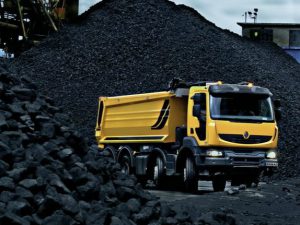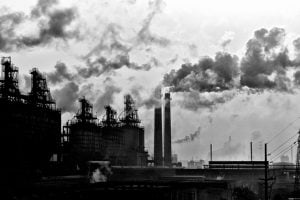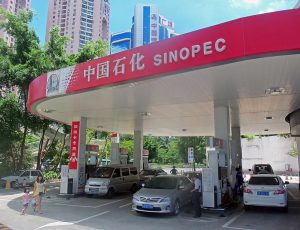China has made significant strides in decoupling energy use and emissions from economic growth—as of 2014 China was on track to exceed its 2015 energy and carbon intensity reduction targets. Three key trends have emerged:
- Rebalancing the Economy: China’s leaders clearly intend to shift the impetus of the economy away from investment in heavy industry and toward consumer spending, services (such as retail businesses), innovation, and more innovative and efficient manufacturing. Under China’s 12th Five-Year Plan, services moved from 43 percent of the economy in 2010 to 51 percent last year, replacing manufacturing (which went from 47 percent to 41 percent of the economy) as the largest contributor to China’s GDP. Services continue to grow at a faster pace than manufacturing.
- Limiting Coal: After years of steep growth in coal consumption, regional coal and carbon limits and new-coal-plant bans have been followed by a leveling off of coal use in 2014 and reduced output in heavy industries like steel (down 2 percent last year) and cement (down 6 percent). A continued shift away from these energy-intensive industries would weaken a major driver of air pollution and greenhouse gas emissions.
- Non-Fossil Energy: China is the world leader in renewable energy, breaking records last year for installation of wind (32 gigawatts last year, 129 total) and solar power capacity (18 gigawatts last year, 43 total), and clean energy investment ($111 billion, nearly double U.S. investment).
China’s 13th Five-Year Plan will be an important foundation for this new action. The 12th Five-Year Plan outlined high-level policies and set targets, such as those for reductions in energy intensity and carbon intensity and an increase in the share of energy used from non-fossil sources. The new plan will likely define similarly broad goals and a framework for boosting further progress.








